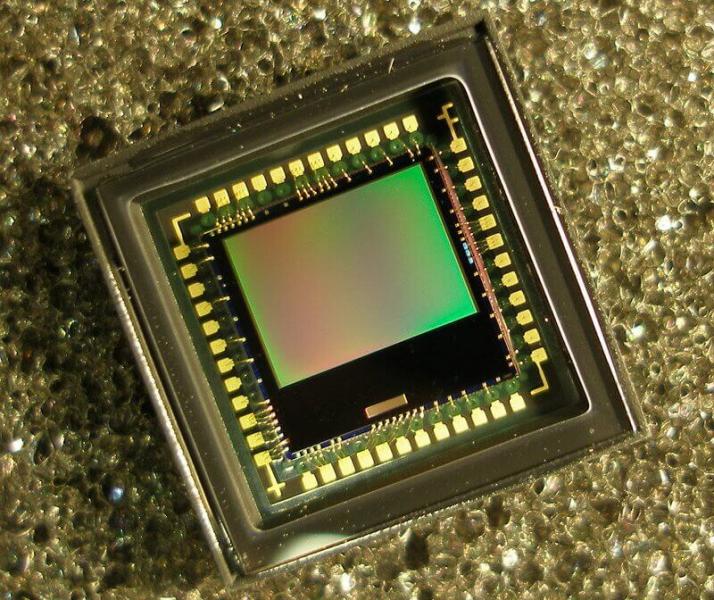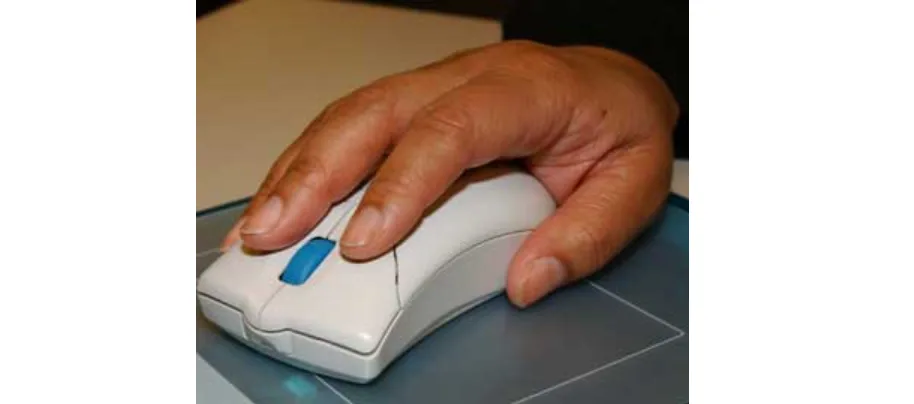
10 NASA technologies that we see in everyday life
You don't have to look to the sky to see cool NASA inventions.
Sometimes when we read about the technologies used to launch people into space or study nearby planets like Mars, the science involved can seem abstract and out-of-reach. But you may be surprised to know that you regularly interact with inventions powered by NASA engineering.
Here are a few examples.
1. INVISIBLE BRACES
You can thank NASA for your invisible braces. Believe it or not, they were developed using technology used to track heat-seeking missiles.
"Invisible dental braces are made from transparent polycrystalline alumina (TPA), which was developed for missile tracking," NASA says.
"TPA is stronger than steel. It has light-absorbing qualities (which makes the material transparent), and its smooth, properties resist breakage."
2. MEMORY FOAM
Mattresses, shoes, pillows, and even some blankets, commonly use memory foam, durable padding that is noted for its ability to cushion, support, and relieve pressure.
It was developed by NASA in the 1970s to improve cushioning in seats and provide crash protection for pilots and airplane passengers.
The foam was created to make the seats more comfortable on long-haul journeys by more evenly distributing a passenger's weight over the full contact area.
3. CAMERA PHONES
Like selfies? Thank NASA.
In the 1990s, a team at the space agency's Jet Propulsion Lab (JPL) created high-resolution cameras that were small enough to fit on space craft. According to NASA, about one-third of all cell phone cameras are derived from this technology.

In the 1990s the JPL team built a new kind of sensor, using a complementary metal oxide semiconductor that wa small, requires low power, and is highly efficient—excellent for space missions and here on Earth. Photo and caption courtesy: NASA.
4. BETTER SKI GOGGLES
When bright light is reflected off of white snow, it can create blinding situations for skiers and snowboarders. And it isn't just the glare that reduces visibility: the blue in sunlight makes it harder to see colours on the other end of the spectrum, like red. NASA-made filters block up to 95 per cent of the blue light in ski goggles, allowing for a much safer experience.
5. THE DUSTBUSTER
The dustbusters that live in our basements and garages are created using technology originally used for moon exploration.
During the Apollo era in the late 1960s and early 1970s, NASA partnered with Black & Decker to engineer battery-operated tools for collecting samples and exploring the lunar surface. That partnership led to the development of handheld, cordless industrial and medical products. On the consumer side, the dustbuster cordless was debuted to the masses.
6. WIRELESS HEADPHONES
We can thank NASA for a lot of wireless technology, including wireless headphones.
That's right: those handy devices you use while you're on the move were originally designed to help astronauts move around hands-free, without getting tangled up with wires.
On October 3, 1962, Wally Schirra (pictured above in this NASA photo, became the first person to wear the Plantronics headset in space, a lightweight, more comfortable alternative to the bulky headset pilots were accustomed to.
Plantronics, the company that developed the technology alongside NASA, built upon their findings, going on to create Bluetooth headsets that wirelessly connect to phones and computers.
7. THE COMPUTER MOUSE
The computer mouse was first developed in the 1960s, a time when most people still used computers to crunch numbers, NASA says. But forward-thinking scientists were looking at other things computers could do, and created the mouse as a way to make the devices more interactive.
Now we use the computer mouse for nearly every computer task, from online banking, to shopping, to selecting our favourite shows to stream.

An early computer mouse. Courtesy: NASA.
8. MRI AND CAT SCANS
Digital signal processing was first developed by NASA during the Apollo era to enhance lunar photography. The technology was later adapted for a wide range of life-saving medical technologies, including body imaging devices we now call the CAT Scan and Magnetic Resonance Imaging (MRI).
9. BETTER BABY FORMULA
NASA-funded researchers engineered enriched baby formula while looking at ways to support life on Mars. They discovered a natural source for an omega-3 fatty acid found in breast milk that helps babies develop healthy brains, eyes, and hearts, NASA says. The fatty acid has since been added to 90 per cent of baby formulas worldwide.

A file photo of a NASA Skylab food heating and serving tray with food, drink, and utensils. Courtesy: NASA.
10. INFRARED EAR THERMOMETERS
And while we're on the subject of babies, we can thank NASA for making it easy to take their temperature, due to the invention of the infrared ear themometer.
While electronic thermometers had been on the market for a few years, the first ones backed with NASA tech hit the market in the early nineties.
"The underlying technology was developed by NASA's Jet Propulsion Laboratory in Pasadena, Calif., for missions including the Infrared Astronomical Satellite, or IRAS," NASA says.
"IRAS measured the temperature of stars and planets by reading the infrared radiation emitted from them, while the thermometer almost instantly determined body temperature by measuring the energy emitted from the eardrum - quite an advancement in medical technology."
